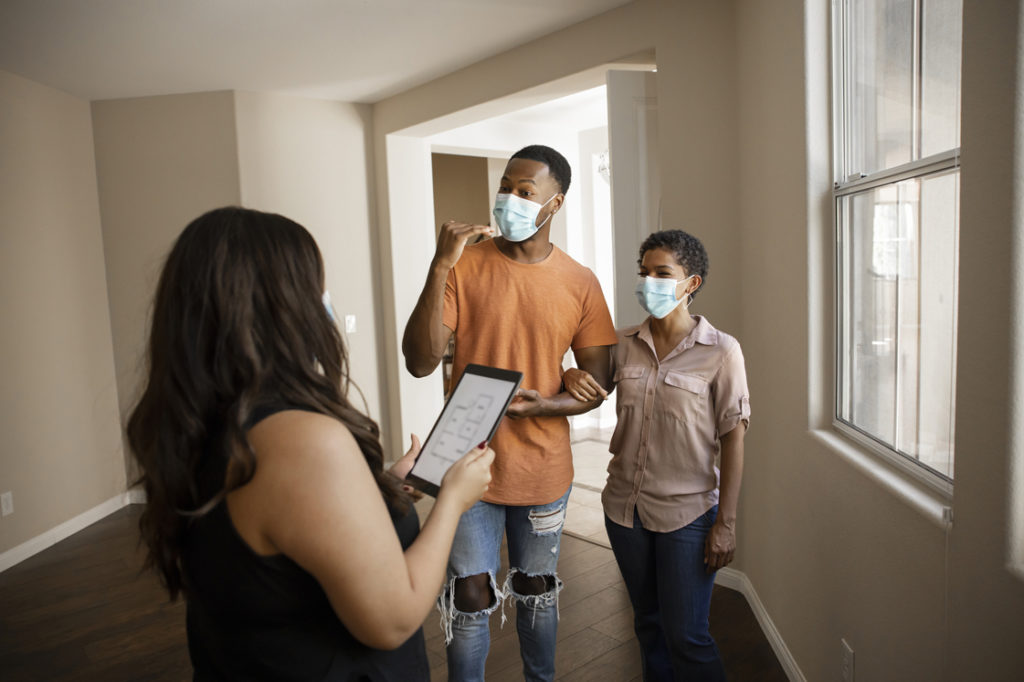Buying a house when you have student loan debt

More than half of all college students have taken on some form of debt in order to pay for their education – mostly through student loans. The average outstanding amount owed? Between $20,000 and $24,999. If you’re among those that have student loan debt, what are your options for getting a home loan? Do lenders look at debt? When issuing credit, lenders biggest concern is […]
Buying a home during a pandemic

There’s no doubt that Covid-19 has impacted how Americans are buying and selling their homes. Social distancing rules, historically low interest rates, and more people working from home have all changed, but certainly not stopped, home sales. What homebuying trends can we expect to continue through 2021? Virtual home tours Don’t assume you’ll be able to attend open houses or leisurely tour homes on […]


